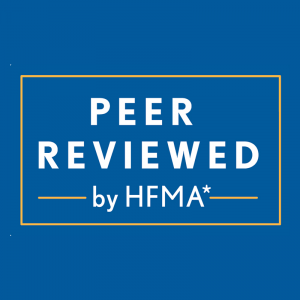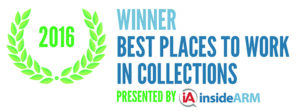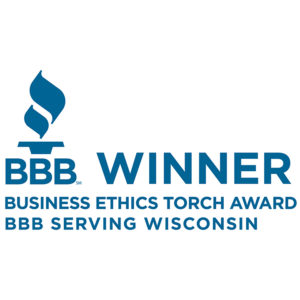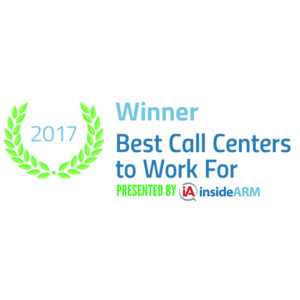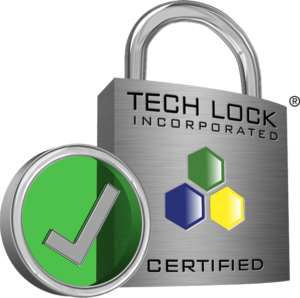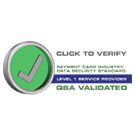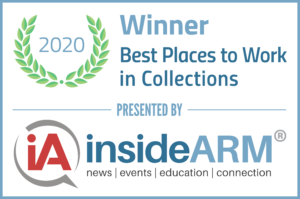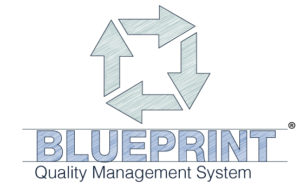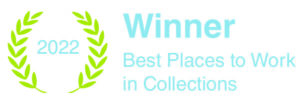For many years, the charity care process for hospitals has relied on patients completing applications which often require complex documentation to support the application. These applications are then reviewed and charity care is typically approved or denied based on a Federal Poverty Level (FPL) calculation.
Why FPL can be misleading:
Federal Poverty Level (FPL) is a ratio of the consumer’s total household income and total household size compared to a scale published by the US Department of Health and Human Services. The thresholds vary by household size and usually change each year.
The conundrum with using FPL as a definitive measure of financial need is that the result can be very misleading. The income required to maintain a household to standard of living expectations changes from area to area. The Cost of Living Index (CLI) is most often used to define the differences in maintaining a household from market to market based on key consumer costs. The average composite index for consumer goods and services in the US is 100. Using this approach, you can imagine the disparity between different cities. For example, the CLI index for San Francisco, CA is 177 compared to 97.2 for Atlanta GA.
Most charity care policies claim a FPL of 200% or less as indicative of financial need. In the case of a facility located in an area with a CLI greater than 100, you would likely be understating charity care and thus community benefit for free care.
What happens when the patient is unresponsive or doesn’t cooperate?
For a number of years now, some healthcare providers have been recognizing that their patients can be challenged by an application process. Additionally, these providers have sought out ways to streamline this process and provide additional Community Benefit.
Absolute or confirmed income can be difficult to obtain without direct patient contact and documentation. Income derived from third party sources are often estimates based on US Census data or a derivative of utilized and open credit. Hospitals should be careful of what sources are used to derive income or household size and be sure to account for their limitations or estimation approaches.
The uninsured face a litany of challenges and are not typical for average consumers. A recent study found that the high school drop-out rate of uninsured patients is 33% compared to only 7% for insured patients. The US Department of Education estimates that 75 million Americans (or about 25% of the population) understand healthcare related issues at a level of basic or below basic. Interestingly, this is the same number that most CFOs would agree would likely constitute the percentage of charity care that remains in their bad debt portfolios.
The ability to understand and respond to an application process is a barrier for many consumers faced with poverty. Many times, PFS staff considers patients that are unresponsive as apathetic. That may sometimes be the case, but some patients are faced with other challenges:
- Some consumers do not possess or retain documentation that may be required in the application process
- Federal Reserve estimates that 8.7% of the US population cannot afford to maintain a bank account and roughly 26 million consumers live in the “financial shadows”
- Potential cultural barriers might exist that prohibit the consumer from asking for assistance
- Many consumers fear that information provided during the application process might be used against them during the collection process
- Other consumers simply cannot read or complete an application
Most revenue cycle processes are designed to address the average or typical consumer. It is important to note that, for patients that live in poverty, the poorest patients need the most assistance to even understand how to ask for help. These are not average consumers and face unique difficult challenges in today’s environment.
How presumptive charity models help:
Predictive models are algorithms that are built from historical outcomes. These algorithms are then applied to present behaviors to predict a likely outcome. By analyzing historical approvals, predictive models can be deployed to indicate the likelihood of charity approval.
Presumptive charity is usually applied to patients who have been unresponsive during the revenue cycle, have not made a payment, and have not qualified for other funding sources including Medicaid. The use of predictive modeling for this reclassification does require a change to Financial Assistance Policies to ensure compliance.
Summary
With increased scrutiny on tax status and Community Benefit, it is important to review your charity care policy to ensure that you are including as many consumers as possible. Recognize some consumers face very unique challenges, and the poorest portions of our society face circumstances that many of us never contemplate. Take the time to look for and remove barriers that might be excluding those patients with the highest levels of need. Embrace technology that will help you provide more patients with benefits and effectively fulfill your Community Benefit goals.
Source: ACCRA Cost of Living Index
Source: Who are the Uninsured? An Analysis of American’s Uninsured Population, Their Characteristics and Their Health.
Authors: June E. O’Neill and Dave M. O’Neill, June 2009.
Available from www.epIonline.org. US Department of Education; National Assessment of Adult Literacy 2005.
About the Author: Neil Smithson is the founder and Managing Member of PARO Decision Support, LLC. PARO has pioneered predictive models for charity care. The PARO models are socio-economic applications that assist Providers in the delivery of free of discounted care to underserved populations and communities. PARO identified nearly 2 million patients with free care in 2012. He may be contacted at nsmithson@paroscore.com
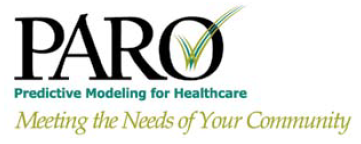
About State Collection Service, Inc.
Since 1949, State Collection Service has provided quality collection service to countless healthcare organizations.
Through experience and innovation, State Collection Service has grown to become a tremendously credible and nationally-recognized collection agency offering services from pre-registration to bad debt. It is upon the basis of ethical behavior and a dedication to integrity that each State Collection Service employee works to uphold the company’s vision – Partnerships for a Lifetime.
*This article first appeared in “A State Collection Service, Inc. Newsletter Volume 19, Issue 3, Third Quarter 2013”



